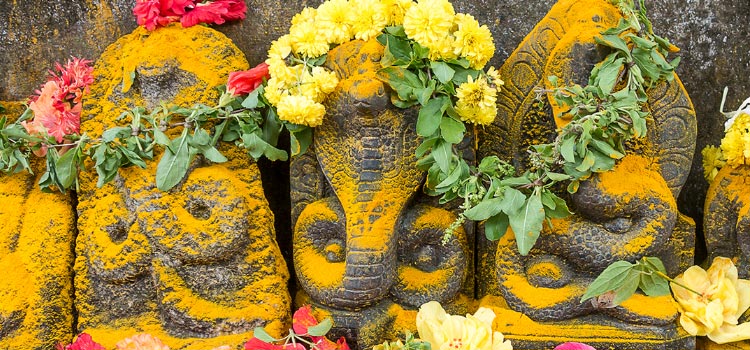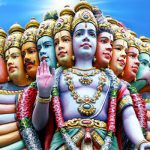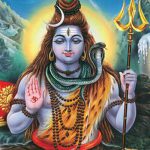What is Nagula Chavithi?
This is an auspicious day to worship the Nagas or serpent gods. It is observed on the fourth day after Amavasya during the month of Karthik. Nag Panchami and Nagasashti are observed after Naga Chaturthi. The festival is observed by married women for the well-being of their children. They fast on that day and perform Naga Poojas. milk and dry fruits are offered to the deity. On Nag Chaturthi day, Ashtanga (eight-hooded cobra) is worshipped. This is an important festival in Andhra Pradesh and Karnataka. The best way to worship Nagas is by protecting the forests that they dwell in.
There are many gods who are associated with snakes. Lord Shiva is called Naga Bhushan. Lord Vishnu is known as Sesha Thalpa Sai, Lord Ganesh is Naga Yajnopaveetha, and Lord Kumara Swamy is Naga Swarupa.

Legends behind Nagula Chavithi
According to one legend, when the ocean was being churned by gods and demons in search of nectar, a snake served as the rope. During the churning, the ocean threw out the Halahala poison. The poison was toxic enough to destroy the entire world. The gods, in alarm, ran to Lord Shiva and begged him to protect them. So Lord Shiva swallowed it but it did not go down his throat. Instead it stayed in his throat which turned blue as a result. This is why Shiva is also known as “Neelakantha.” However, a few drops of the poison happened to fall on earth. To ward off the evil effects of the poison, people started worshipping snakes.
How to celebrate Nagula Chavithi?
On the day preceding Nagula Chavithi, devotees take a bath. On the day of Nagula Chavithi, they install an idol of Naga Devata at home and perform puja. They may also visit the burrows where snakes dwell (puttu) and offer prasad and perform pooja. Prayers will be held in Naga temples and prasad consisting of sesame laddu (Nuvvula vanda), Vadapappu and Chalimidi are prepared. Naivedyam will be offered at the snake burrows and poojas will be performed with flowers, cow milk, turmeric, kumkum, banana, tamboolam, and rice flour. Then they will circumambulate around the snake pit 3 or 5 times. The soil of the snake pit is applied to the ears. In Shiva temples, the ‘Naga Pratima’ or idols of snakes are placed under peepal or banyan trees.
Though many people tend to view snakes with fear and aversion, they are very important in a farming ecosystem. They eat rats and other vermin which destroy crops. Snakes in fresh water kill micro-organisms and enhance soil fertility. By observing Nagula Chavithi, we show gratitude towards serpents. In astrology, the planet Rahu is represented as a snake. Supposedly, the effects of Rahu are caused by the curse of a snake which can be rectified by honoring snakes. Nagula Chavithi can be performed by childless couples also, if they wish to be blessed with progeny.



I am extremely inspired together with your writing abilities as smartly as with the format on your weblog. Is this a paid theme or did you customize it your self? Anyway stay up the excellent high quality writing, it’s rare to see a nice blog like this one nowadays!
Your article helped me a lot, is there any more related content? Thanks!